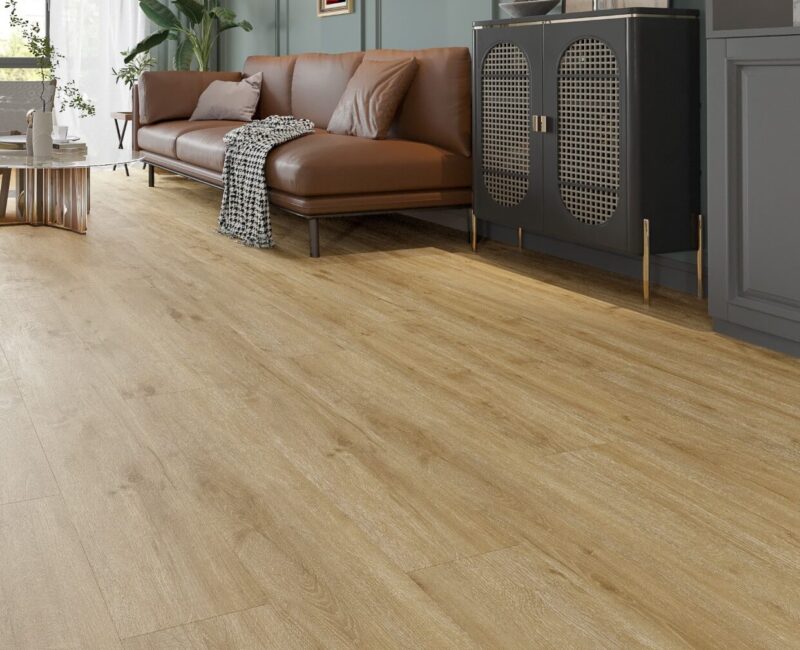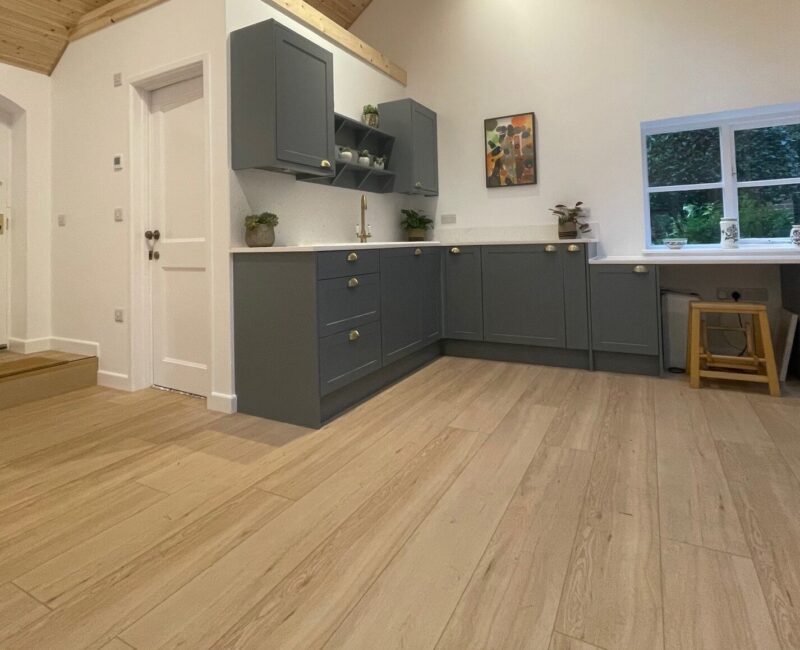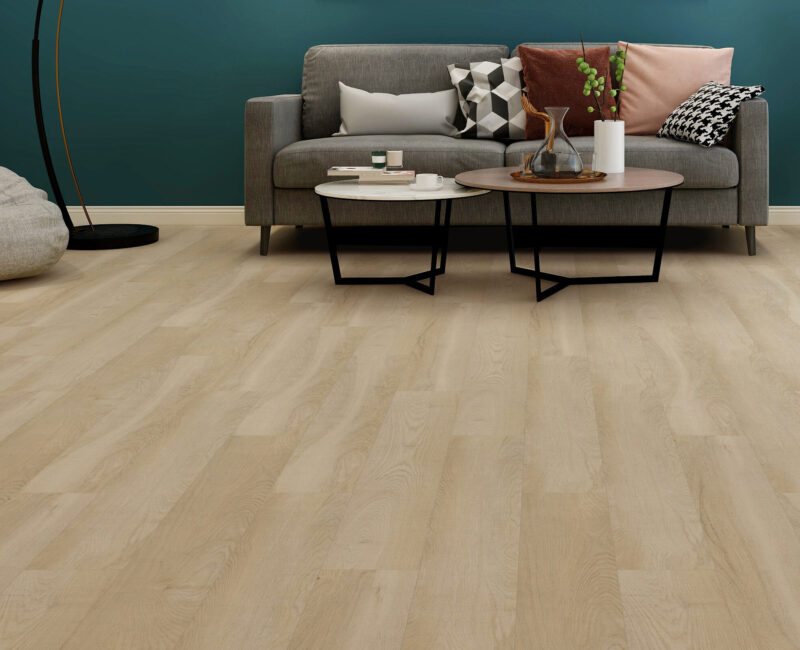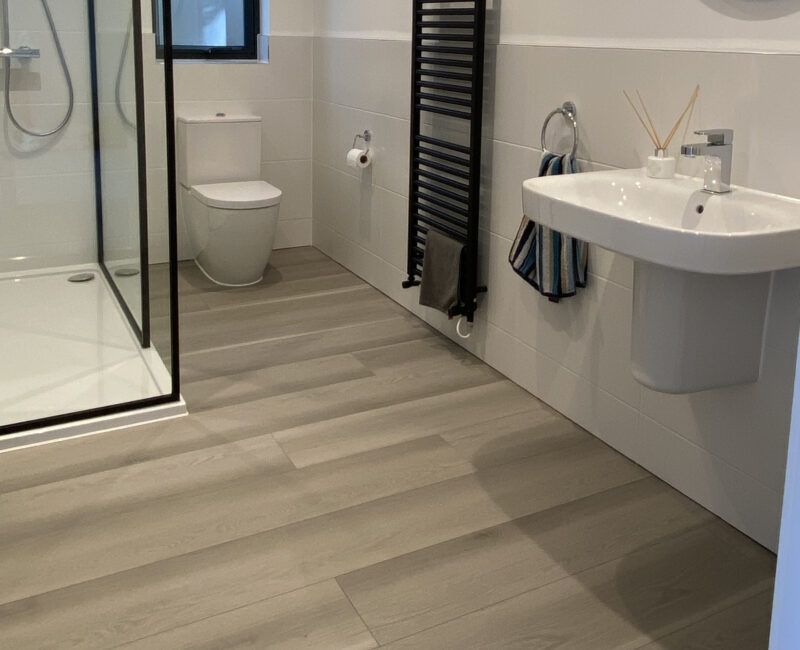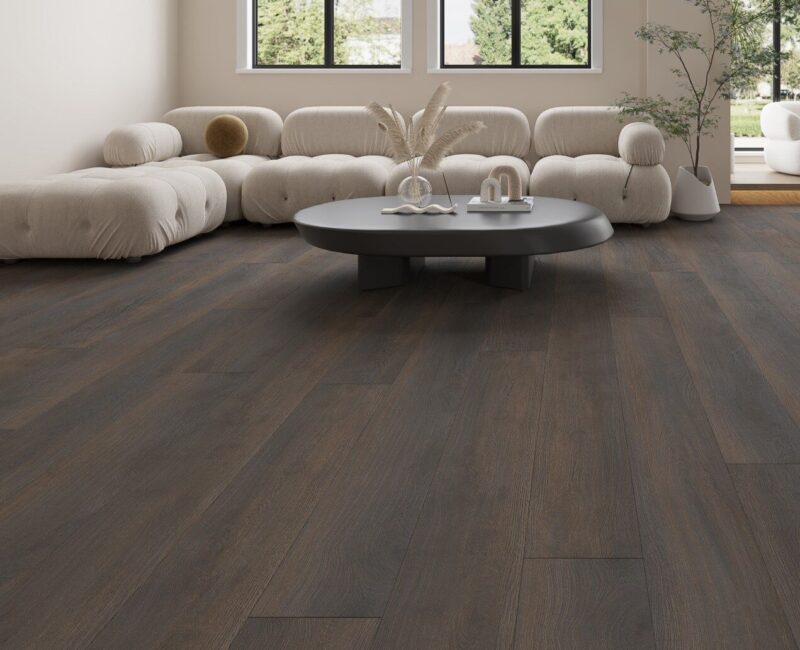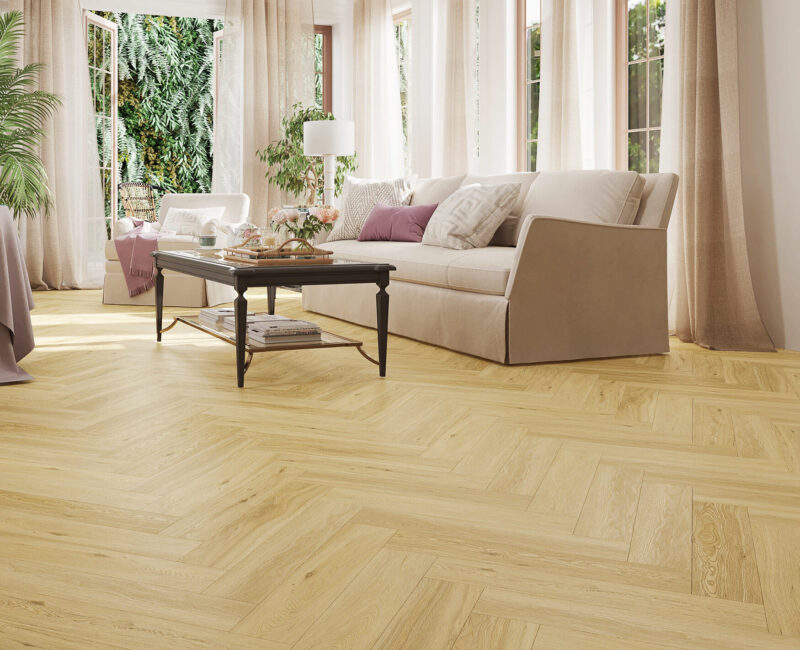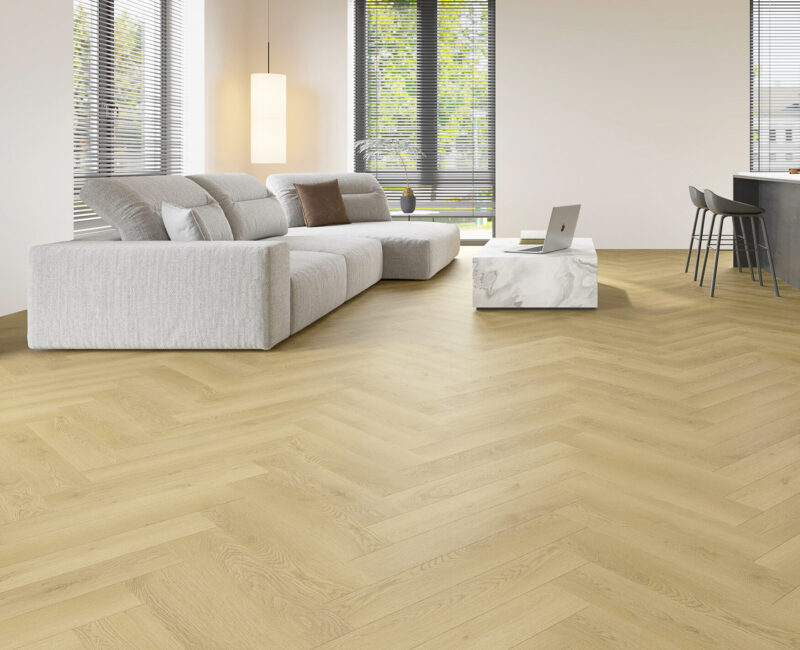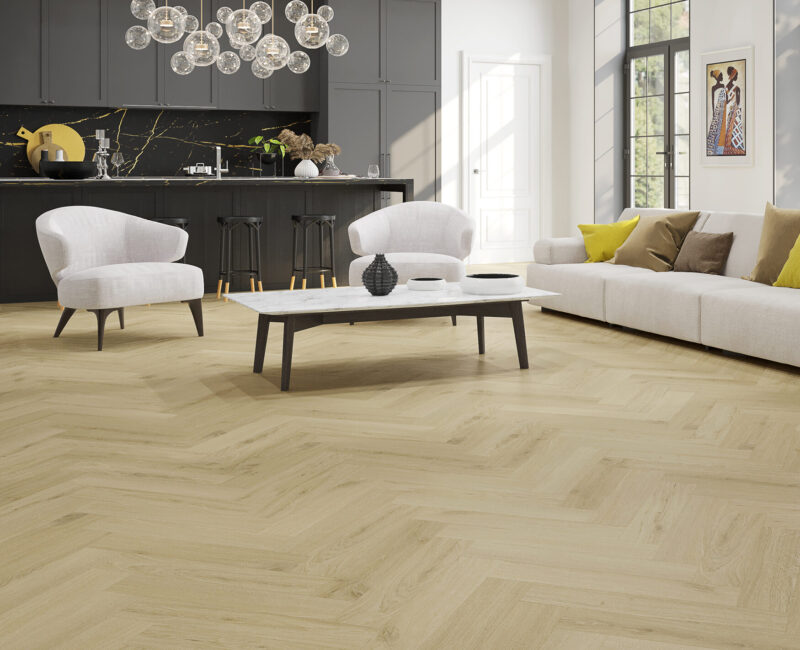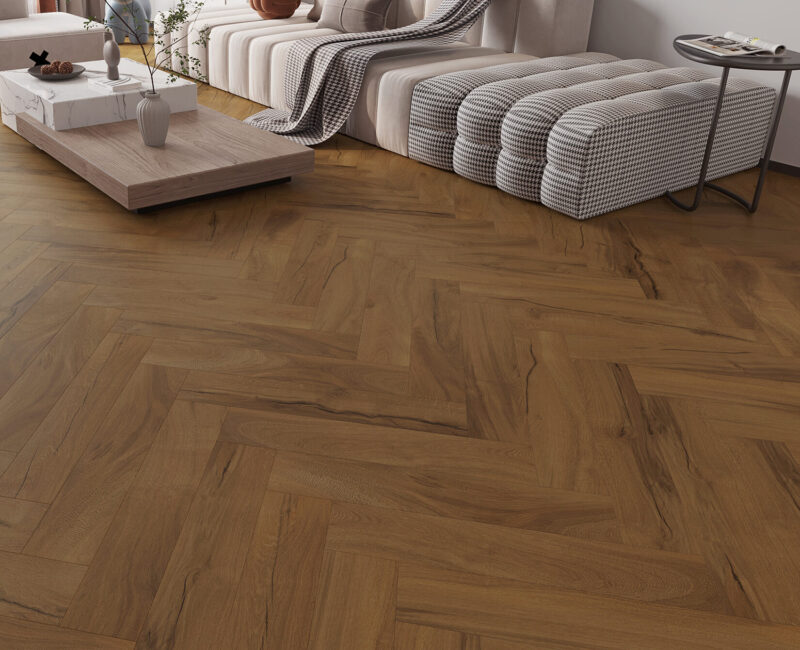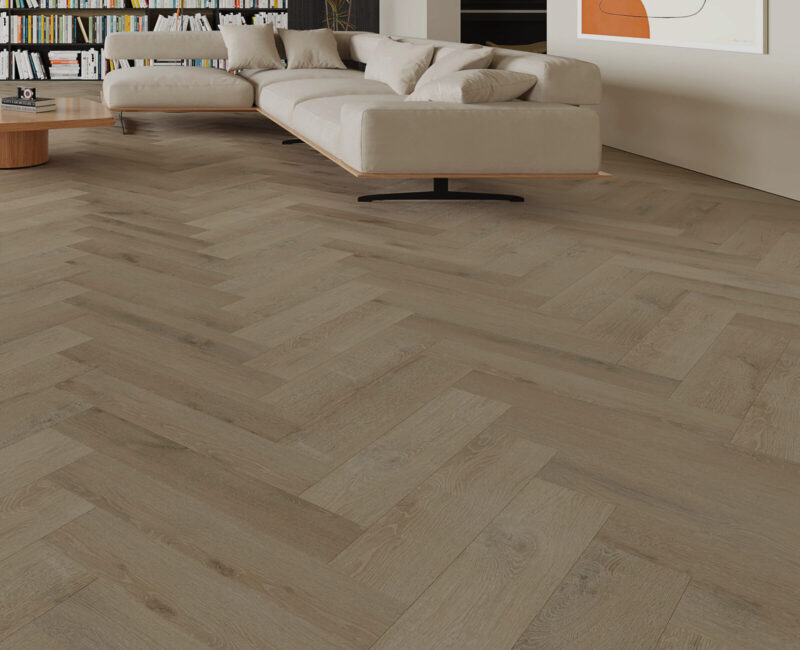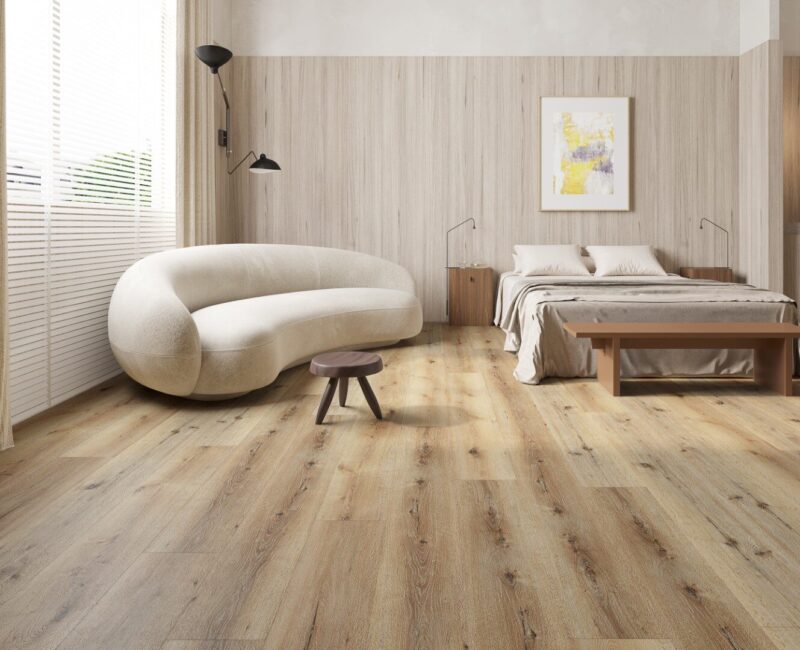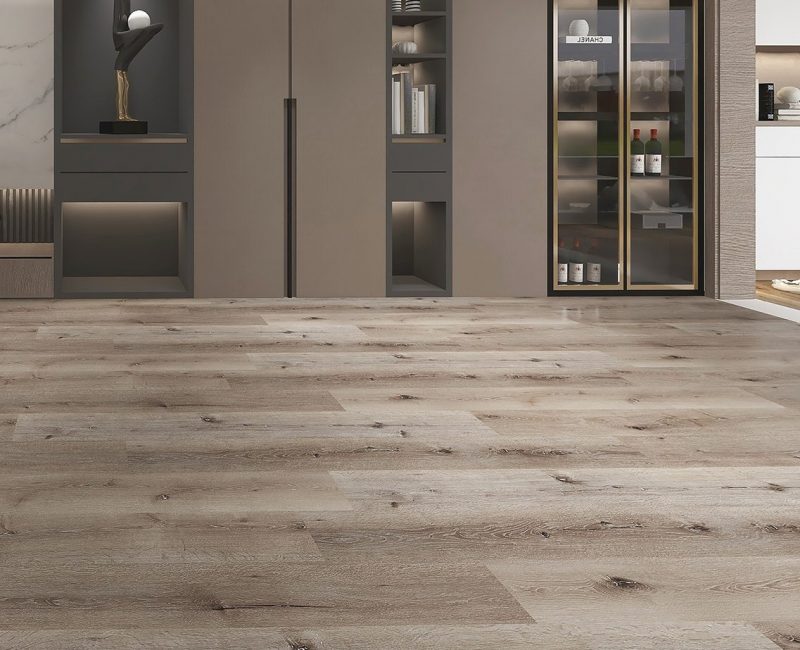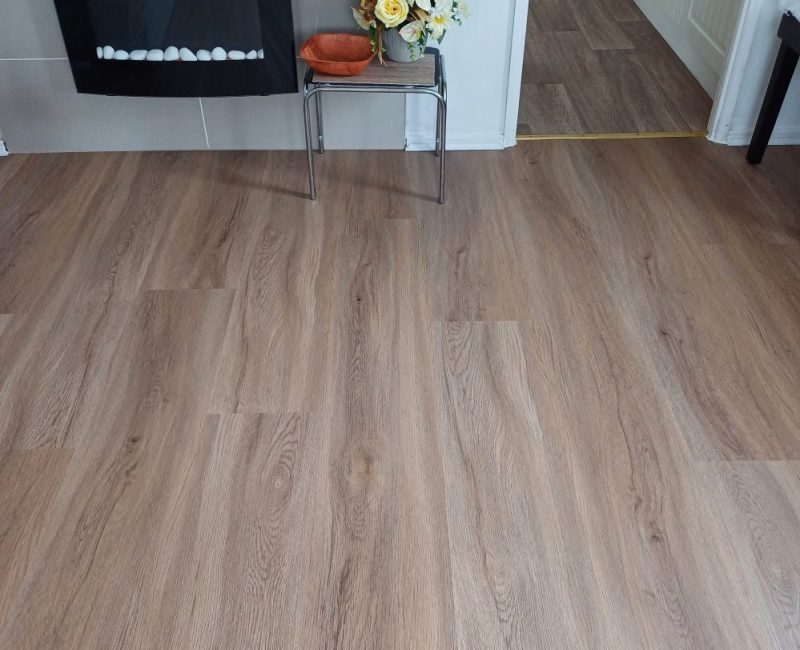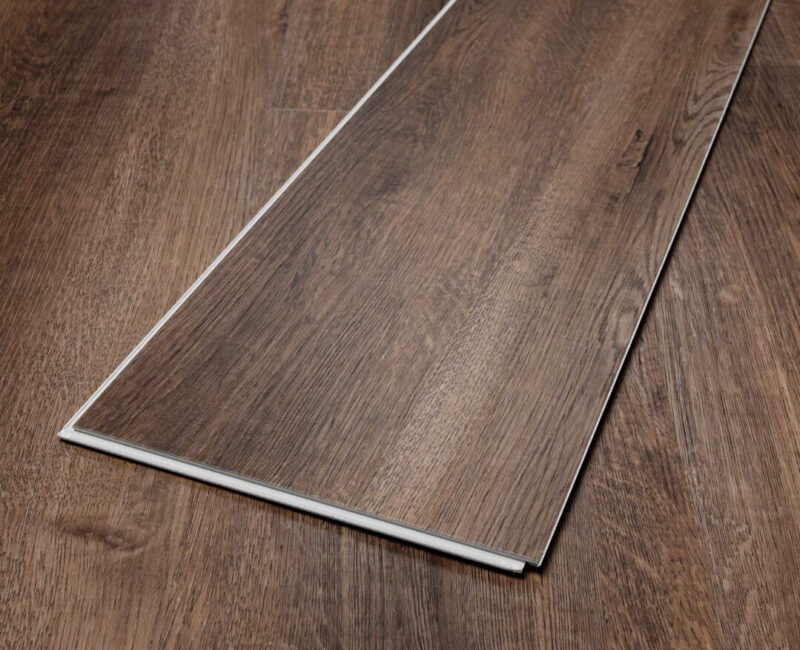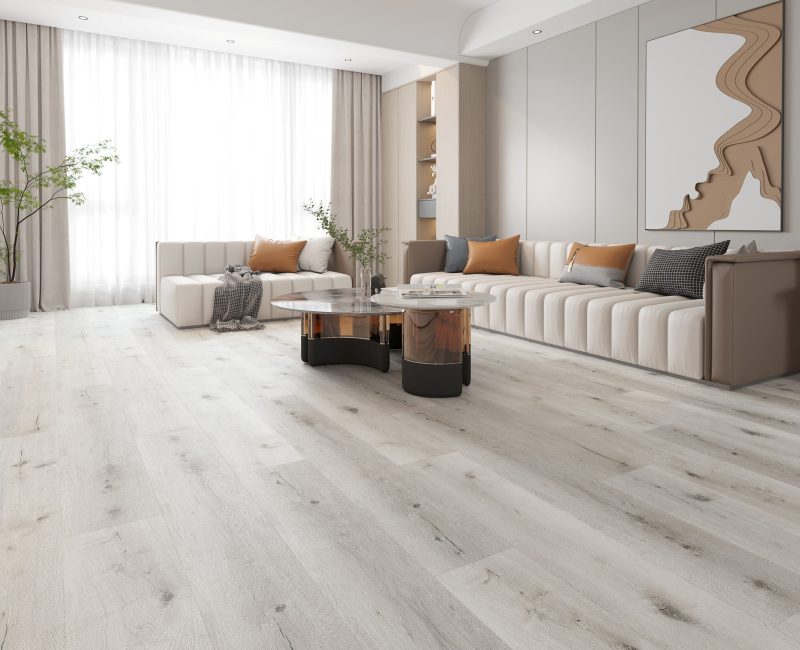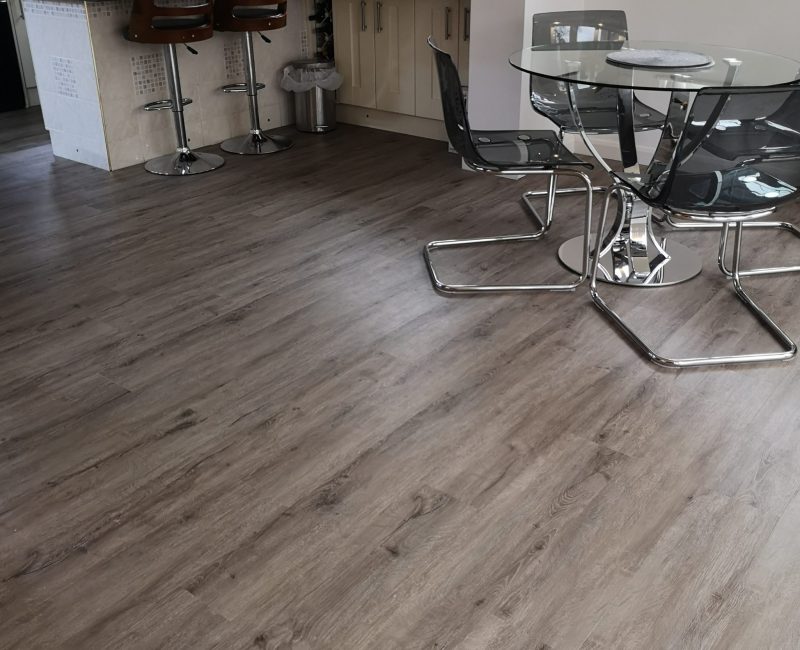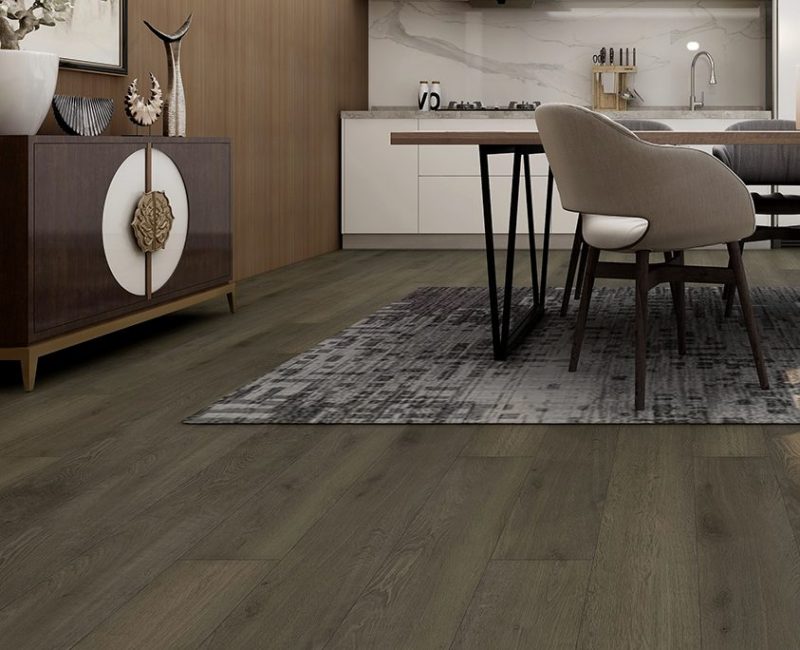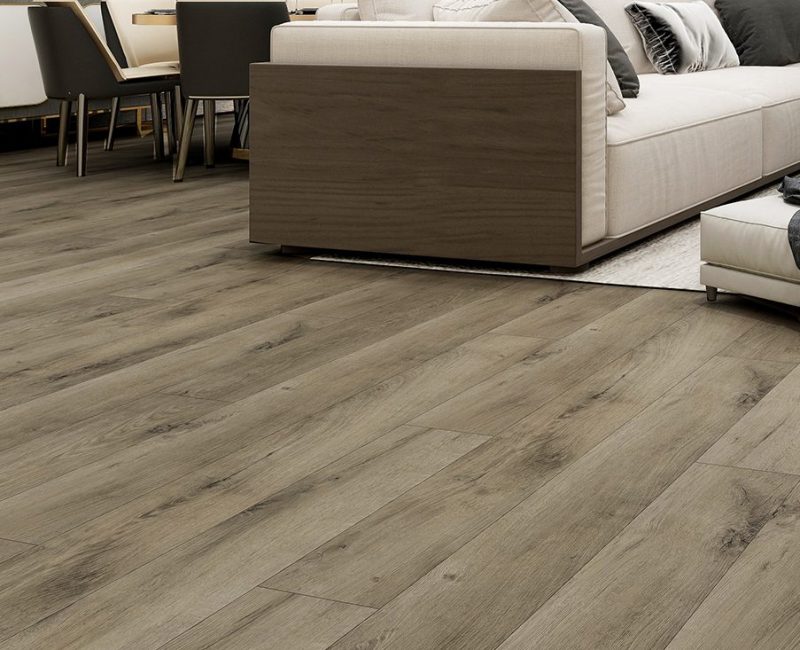What is LVT wood flooring?
LVT (Luxury Vinyl Tile) flooring is a type of vinyl flooring designed to imitate the look and feel of natural wood by using very high-resolution imagery and an embossed (textured) surface. Popular for those looking for an affordable and practical flooring solution, with the appearance of real timber. Although it is dearer than laminate floors, its benefits more than justify the price, making it the best value-for-money flooring option available on the market.
What are the benefits of LVT wood flooring?
Extremely water resistant: unlike other alternatives, luxury vinyl flooring offers great levels of resistance to moisture
Durability: a hardwearing and long-lasting choice
Stain resistant: extremely stain resistant and perfect for kitchens and bathrooms
Easy maintenance: only requires sweeping with a soft brush and an occasional mop
Affordability: achieve an aesthetically pleasing look without breaking the bank
Warmth: provides warmth and is more cushioned underfoot
What environments can luxury vinyl tiles be used in?
LVT can be used in any room of your house. Its durability and water / stain resistance makes it perfect for use in kitchens, bathrooms, offices, retail stores, restaurants, hotels, showrooms and many other environments.
We're traditionalist at heart and we love real wood flooring but the durability, practicality and ease of fitting with LVT is impossible to ignore. We started offering our range of LVT wood flooring in 2019 and it's popularity has grown rapidly ever since. A product well worth considering for those looking for a very functional floor.
Tom Fanthorpe. Director, JFJ Wood Flooring Ltd
LVT click lock flooring style options
Wood Plastic Composite (WPC)
The core of the board is made up of a mixture of wood pulp and plastic composites, WPC flooring is a popular alternative to traditional hardwood floors. Although very successful over the years, LVT’s are now moving more so to SPC (stone plastic composite) – see below.
Stone Plastic Composite (SPC)
The core of an SPC board is made up of a combination of calcium carbonate (limestone), polyvinylchloride, and stabilisers which created an incredibly water resistant, stable and ridged core. This construction makes SPC flooring one of the resilient flooring options on the market.
Colour and character of LVT click flooring
One of the most important aspects of your home interior is the beauty and appearance of your floor. A well-made luxury vinyl tile floor will do an incredible job of replicating the charm of natural stone or wood. The high-definition print emulates the knots, splits, grain patterning and characteristics of a real wooden floor. This, combined with the textured finish, provides a feel of authenticity far superior to that of a cheaper laminate.
Some LVT click boards feature more knots and details, whilst others have a more minimalist look. Visit our store to experience the beauty of this flooring for yourself, or feel free to contact us for a sample.
FAQs
Please note that the replies below are designed to be kept simple and to the point. Should you have any specific questions you’d like further details on, please feel free to give us a call on 01598 740197, use our online chat feature, or email us on info@jfjwoodflooring.co.uk. We’re a family run business and would be happy to help.
Our range is made up of multiple layers. The top layer is a UV scratch-resistant protective coating, followed by a 0.5mm wear layer that offers excellent durability.
Beneath this is a high-definition photographic layer that beautifully replicates natural wood. The core structure of the board is made from either wood plastic composite (WPC) or stone plastic composite (SPC), which also houses the user-friendly click-lock system. Finally, a dense built-in underlay provides sound reduction, added comfort, and easier installation.
The result is a practical flooring solution that is extremely durable, water- and stain-resistant, low-maintenance, easy to install, and affordable.
Designed for excellent durability, our product is suitable for both residential and light commercial spaces. With a tough 0.5mm wear layer and a UV scratch-resistant top coating, it can withstand heavy foot traffic, knocks, and daily wear and tear.
It’s also water and stain resistant, ensuring long lasting performance even in busy areas like kitchens, hallways, and offices. In domestic settings, you can expect our floors to last at least 25 years.
Yes, it can be installed over existing flooring such as tiles, vinyl, or hardwood, providing the surface is flat, solid, stable, and dry. The built-in underlay helps with minor imperfections; however, any significant unevenness should be levelled before installation. If you’re planning to install over an existing floor, we recommend discussing it with us first.
Our flooring is designed with a user-friendly click-lock system, making it suitable for both professional and DIY installations. The boards are laid floating over the subfloor, with no need for glue, nails, or additional underlay. Start by ensuring the subfloor is solid, dry, flat, and stable.
Then, simply click the boards together, one row at a time. As the boards are fully floated, the flooring can also be easily removed if needed in the future. Full installation guidelines are provided when purchasing the product, and we’re always happy to advise if you have any questions.
No, you don’t need to buy an additional underlay. Our LVT wood flooring comes with a dense built-in underlay that provides sound reduction and added comfort.
Both types of flooring have their pros and cons, and the best choice will depend on your needs. Hardwood brings warmth, unique character, and can increase the value of your property, but it requires more maintenance and is more sensitive to moisture. LVT flooring, on the other hand, offers the natural look of wood with added practicality.
Our LVT Flooring is water and stain resistant, highly durable, and very low maintenance. It’s also more affordable and easier to install, thanks to its click-lock system and built-in underlay. For busy households or commercial spaces, it can be a very cost-effective and versatile alternative to hardwood.
Regular sweeping or vacuuming will help remove dirt and debris, and an occasional damp mop will keep it looking its best. Always use non-abrasive cleaners and avoid scouring pads, harsh chemicals, steam cleaners, or soaking the floor, as these run the risk of causing damage.
It’s also good working practice to use felt pads on feet of furniture and place mats at entrances to reduce dirt and moisture. With simple routine care, your floor will stay looking great for many years.
Yes, it is compatible with water-based underfloor heating systems. Should you be looking to install over an electrical underfloor heating system, please contact us prior to purchase.
